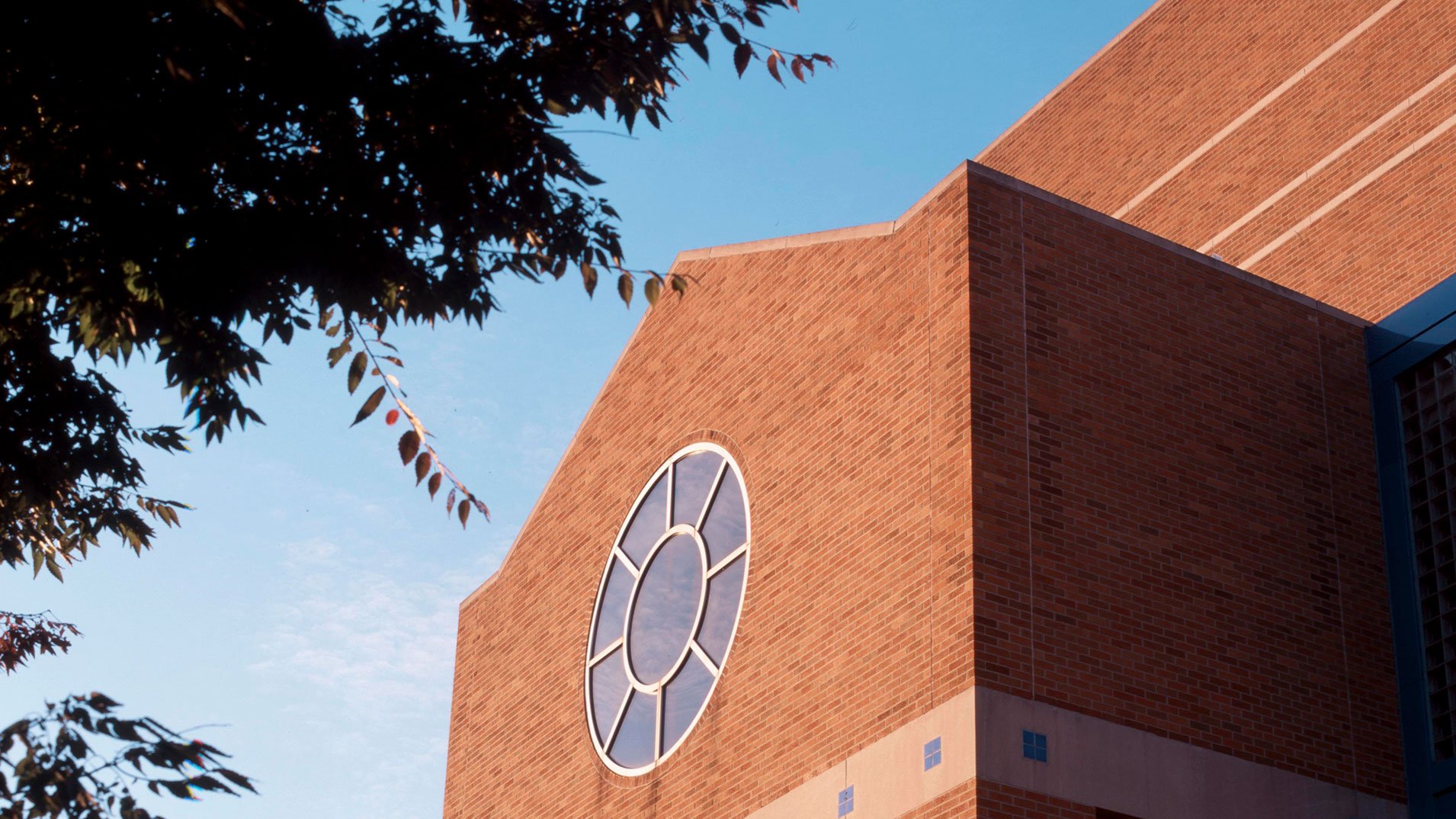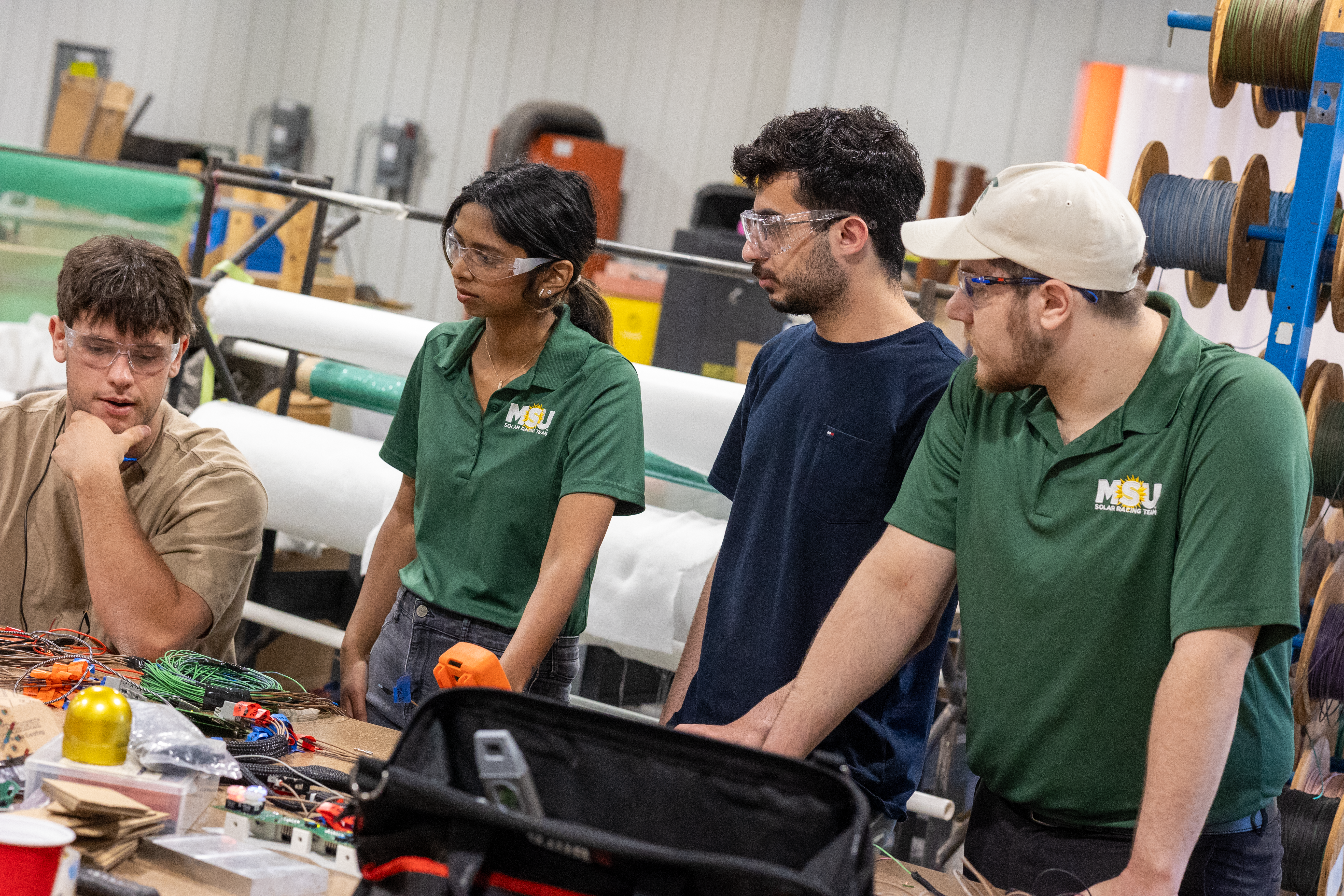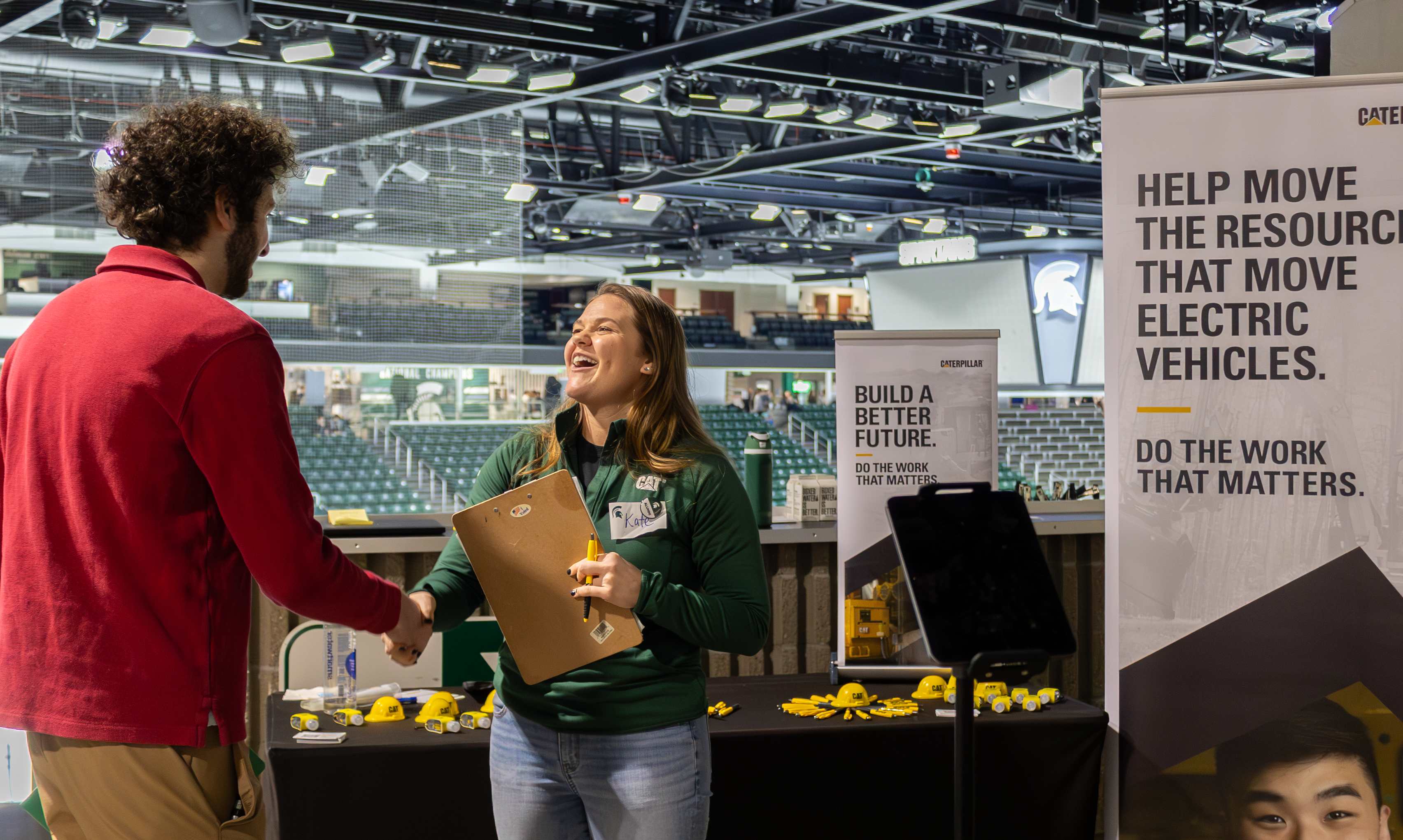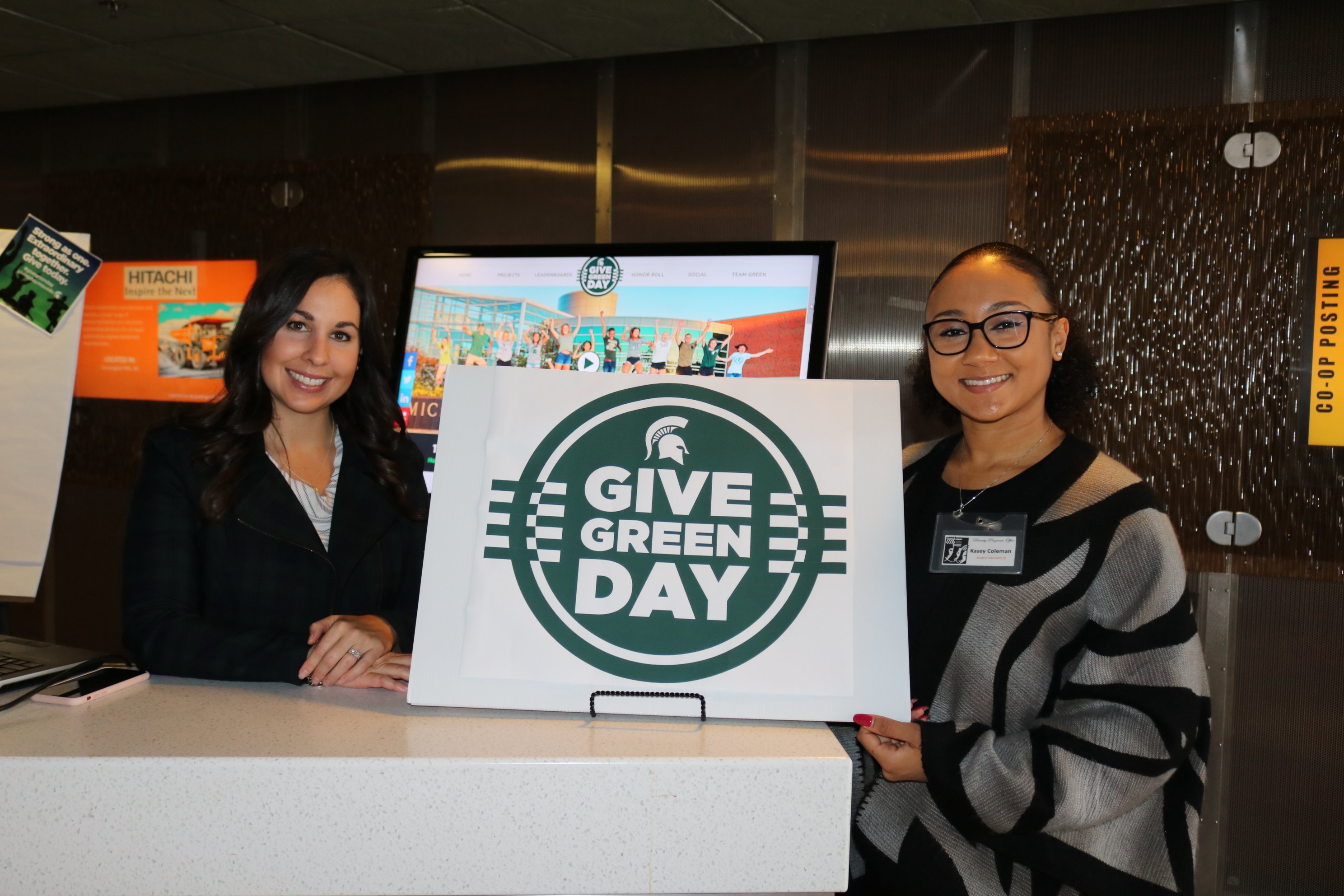The Michigan State University Amateur Radio Club (MSUARC) - one of the country's oldest university ham radio clubs - turns 100 this month.

"We're celebrating a milestone," said Faculty Adviser Gregory Wierzba. "The club has been a licensed ham radio station for a century. It's been on the air almost as long as radio licenses have been issued. Our call letters, W8SH, have been heard around the world and even beyond."
MSUARC is sponsored by the Department of Electrical and Computer Engineering. Engineering Dean Leo Kempel is the trustee of the radio club's license and a licensed amateur radio operator. Studios are located in Room 2121 Engineering Building at MSU.
Wierzba said amateur, or ham radio, was one of the first widely-used wireless technologies.
"Ham radios do not use transmission wires, like traditional telephones and current cable networks. They use nature's built-in phone line - the ionosphere."
"Reflecting speed-of-light signals from radios off the ionosphere can carry those signals thousands of miles. They even reflect off the surface of the moon or around the entire globe. Amateur communications with the International Space Station is a common mode of operation," he continued.
The current president of MSUARC is Volkan Yildirim (KE8KYB), a senior in mechanical engineering. The vice president is Tyler Peterson (KE8KXY), a senior in electrical engineering.

The Michigan State University Amateur Radio Club was granted a license in the fall of 1919 with the call sign 8YG.
In 1922 the radio station was involved with giving out information. The station was used to broadcast weather reports and farm market prices to Michigan farmers on the 280-meter radio band (1070 kHz).
In 1925, the commercial broadcast station separated from the amateur radio station. The ham station became 8XBU while 8YG became WKAR. A few years later the call sign was changed to W8SH when the Federal Radio Commission created a new license category for amateur radio.
Over the years, club members have been involved in original technological experimentation. For example, on Feb. 22, 1969, on the 10-meter radio band (28 MHz), Ralph Taggert, (now WB8DQT), with the help of Dave Sumner (K1ZZ), made the first United States to Europe slow-scan TV contact. Pictures of operators on both sides of the Atlantic, equipment photos and call signs were exchanged in a contact lasting more than an hour.
Wierzba said there is a tradition of forming and pushing the limits of technology among the MSUARC members.

"Part of the learning is operating with contemporary digital modes of communication, ultra-high frequency (UHF) repeater operations connected to the Internet as well as the traditional modes of transmission," he said.
The radio club members provide training and testing to interested MSU students, adding 12 newly licensed hams to the club this past year. Five of these new hams have upgraded to the second level Amateur Radio license (General), which will grant them restricted privileges to operate the club station on all modes within the amateur radio bands.
Among the many Spartan Engineering students who have associated with W8SH through the years is John T. Haworth. He served in a leadership role for MSU's amateur radio club and today remains active in ham radio as a member of the South Lyon Area Amateur Radio Club.
"W8SH provided insight into the type of group learning activities that I use on a daily basis in my career and with my hometown club," said the 1990 graduate in materials science and engineering. Haworth is an engineering manager for Robert Bosch LLC in Plymouth, Michigan.
Wierzba said the club has received generous support of alumni who have been members through the years.
"We are in the process of recruiting new members from a list of 30 students who have shown an interest in obtaining licenses. Club activities include building electronic radio and audio projects, licensing and mentoring of proper operating practice," he said.
The MSUARC will celebrate its 100th anniversary with operation of a special event station from noon to 6 p.m. on Saturday, Oct. 19, in Room 2121, Engineering Building. Student members and mentors of the club will operate on the ham radio bands making contacts with as many other stations as time and propagation conditions allow. Confirmations of the contacts will be available to other stations through the American Radio Relay League (ARRL), which is the National Association for Amateur Radio.
Special QSL (confirmation) cards are available by mail and will be sent to the stations contacted. Club alumni in the Friends of the MSUARC are invited to attend the event and reception.
For more information about the club's activities, visit its Facebook site.





